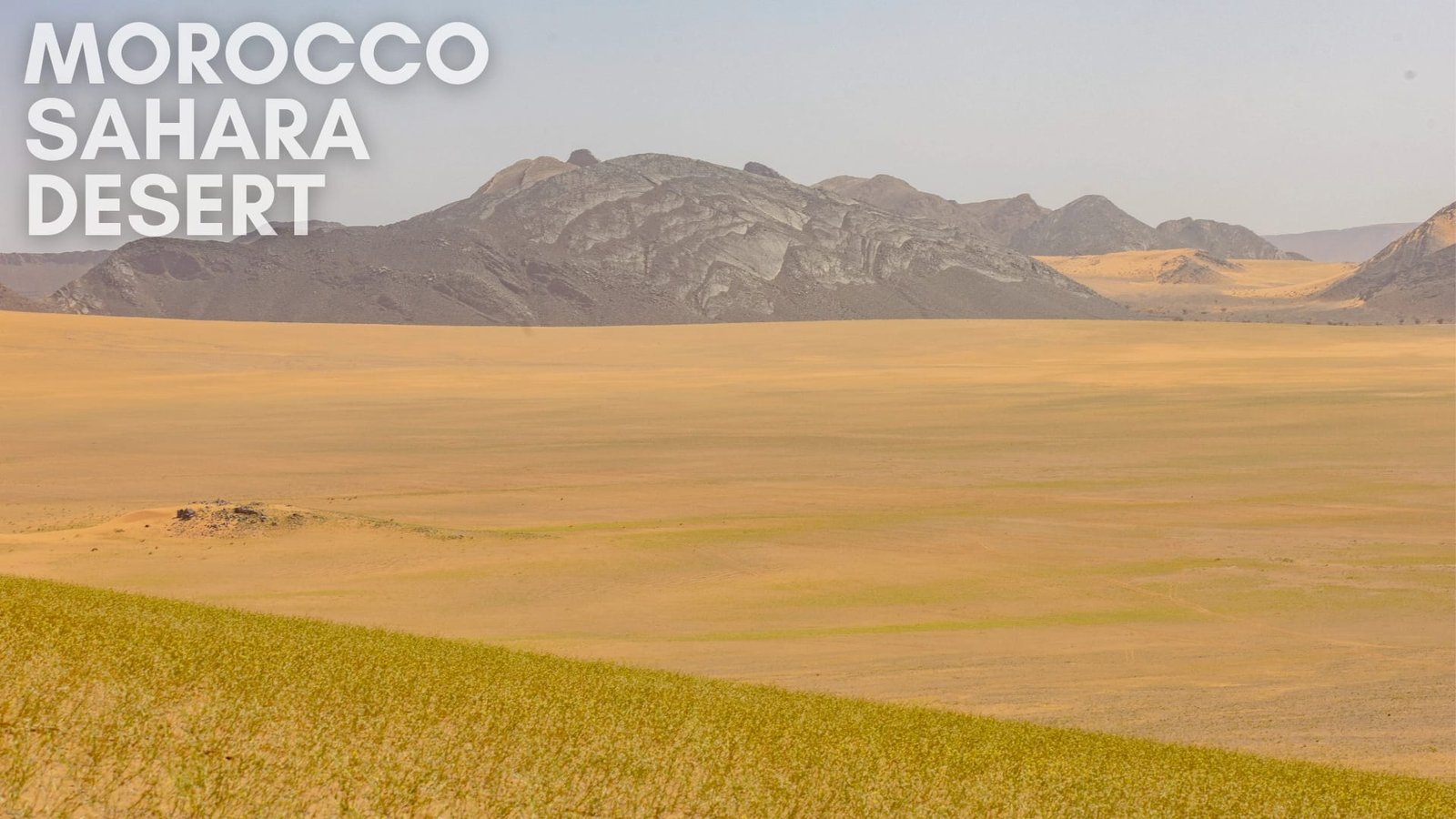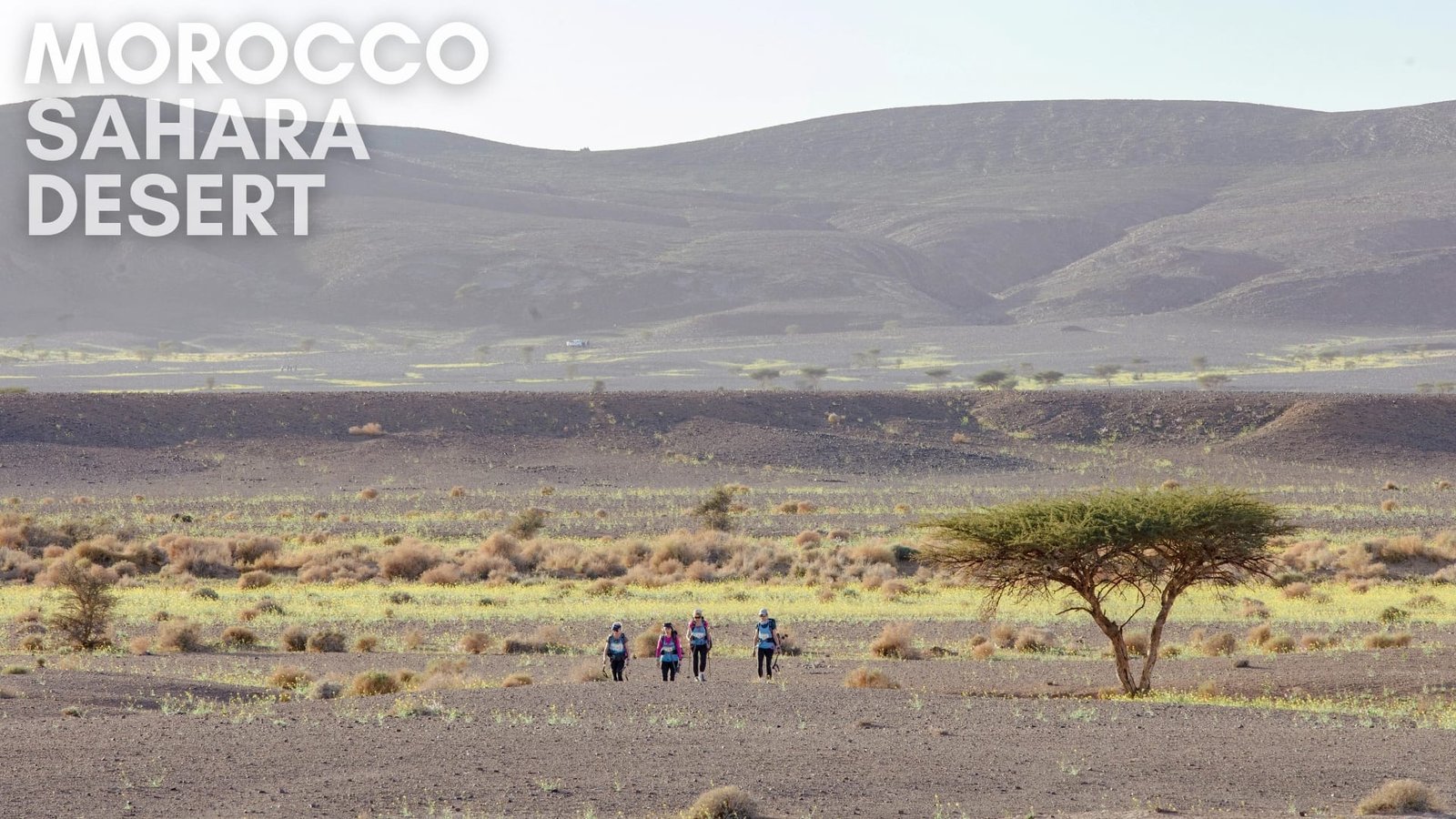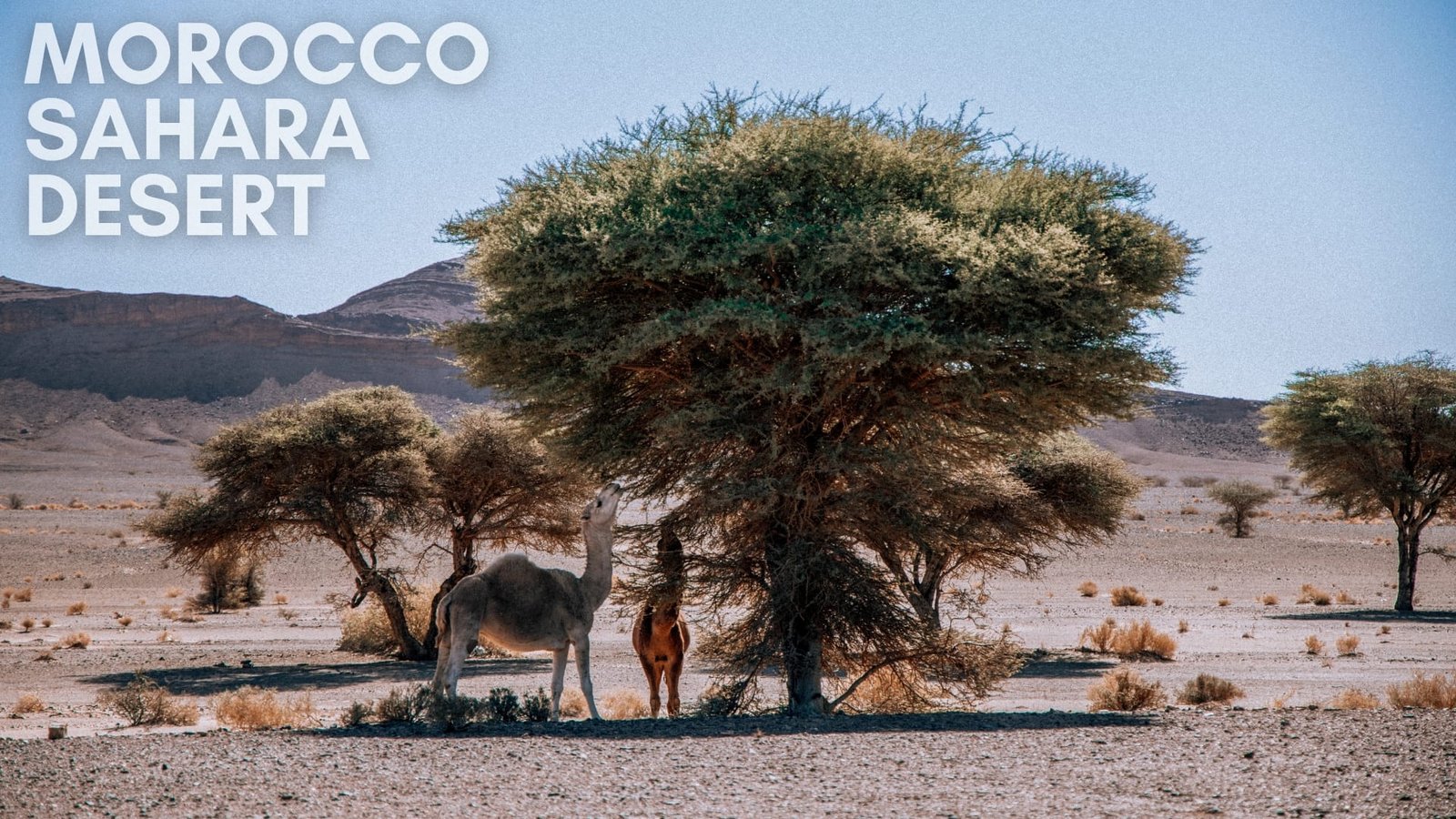The Sahara High: How This Weather System Shapes North Africa’s Climate
The Sahara High is a powerful atmospheric phenomenon that plays a crucial role in shaping the climate of North Africa and beyond. This high-pressure system, often referred to as the Saharan Anticyclone, is responsible for the region’s arid conditions, scorching temperatures, and clear skies. But what exactly is the Sahara High, and how does it influence weather patterns across the continent?
In this article, we’ll explore the science behind the Sahara High, its connection to the Azores High, and its impact on the environment and daily life in North Africa.
Table of contents
What is the Sahara High?

The Sahara High is a high-pressure system that forms over the Sahara Desert, the world’s largest hot desert. It represents the eastern continental extension of the Azores High, a semi-permanent high-pressure zone centered over the North Atlantic Ocean.
During the cooler months, the subsidence (sinking) of the Sahara High nearly reaches the ground, creating stable atmospheric conditions. This results in clear skies, minimal rainfall, and the dry, hot weather characteristic of the Sahara. In contrast, during the hottest periods, the high-pressure system is confined to the upper troposphere, allowing for slightly more dynamic weather patterns.
How Does the Sahara High Form?
The formation of the Sahara High is closely linked to the global circulation of air masses. Here’s a simplified breakdown of the process:
- Subsidence of Air: Warm air rises at the equator and moves poleward. As it cools, it sinks back toward the Earth’s surface around 30° latitude, creating high-pressure zones like the Sahara High.
- Connection to the Azores High: The Sahara High is an extension of the Azores High, which dominates the North Atlantic. The two systems interact, influencing weather patterns across Europe, Africa, and the Atlantic Ocean.
- Seasonal Variations: The intensity and position of the Sahara High shift with the seasons. In winter, it strengthens and expands, bringing dry conditions to North Africa. In summer, it weakens slightly, allowing for the occasional monsoon rains in the Sahel region.
Impact of the Sahara High on North Africa’s Climate

The Sahara High has a profound impact on the climate and environment of North Africa. Here are some of its key effects:
Arid Conditions
The sinking air associated with the Sahara High suppresses cloud formation and precipitation, contributing to the Sahara Desert’s extreme aridity. This makes the region one of the driest places on Earth.
Scorching Temperatures
The high-pressure system traps heat near the surface, leading to the blistering temperatures for which the Sahara is famous. Daytime temperatures often exceed 40°C (104°F) during the summer months.
Dust Storms
The dry, stable conditions created by the Sahara High are ideal for the formation of dust storms. These storms can transport Saharan dust across the Atlantic Ocean, affecting air quality as far away as the Americas.
Influence on Monsoons
The position of the Sahara High affects the West African Monsoon. When the high-pressure system shifts northward, it can block moisture from reaching the Sahel, leading to droughts.
The Sahara High and Global Weather Patterns
The Sahara High doesn’t just influence North Africa—it also plays a role in global weather systems. For example:
Atlantic Hurricanes
The dry, stable air of the Sahara High can suppress hurricane formation in the Atlantic by creating vertical wind shear.
European Weather
The interaction between the Sahara High and the Azores High can influence weather patterns in Europe, particularly during the summer.
Conclusion: The Sahara High’s Far-Reaching Influence

The Sahara High is more than just a weather phenomenon—it’s a key driver of North Africa’s climate and a significant player in global atmospheric circulation. From creating the Sahara’s harsh desert environment to influencing weather patterns across continents, this high-pressure system is a fascinating example of how interconnected our planet’s climate systems are.
For more detailed information, you can explore the Sahara High on Wikipedia, which provides additional insights into its formation and effects.
If you’re planning a trip to the region, don’t miss our guide on How to Plan the Perfect Marrakech Desert Trip, which offers tips for exploring this fascinating part of the world.
If you’re interested in exploring the region further, check out our guide on Birdwatching in Merzouga and Rissani, where we highlight the unique birdlife thriving in this arid landscape.

FAQs
The Sahara High is a high-pressure system over the Sahara Desert that influences North Africa’s climate, creating dry, hot conditions.
The Sahara High is the eastern continental extension of the Azores High, a high-pressure system over the North Atlantic Ocean.
It causes aridity, high temperatures, and dust storms in North Africa, and can influence global weather patterns like Atlantic hurricanes.
Yes, it can influence weather in Europe and the Americas through its interaction with other atmospheric systems. For more on how weather systems impact travel, check out our article on The Best Time to Visit Morocco for an Unforgettable Experience.












